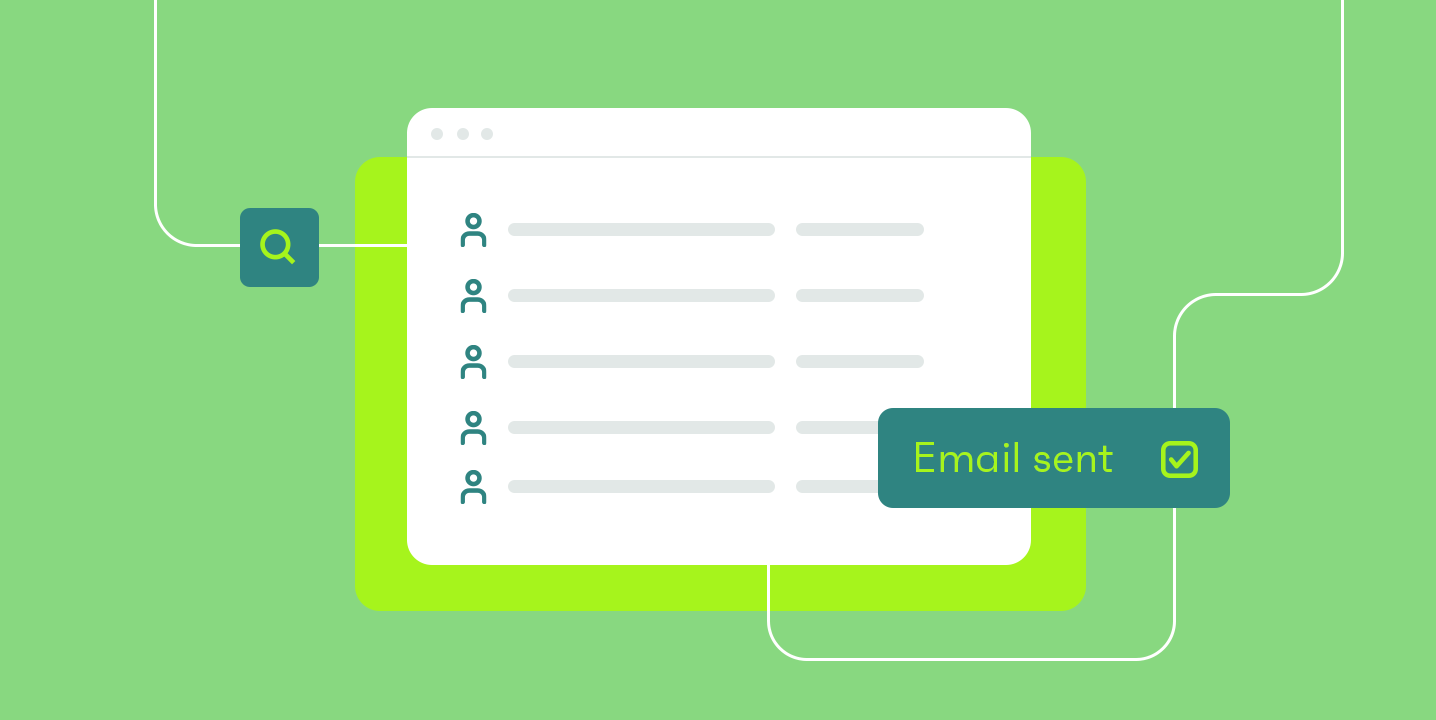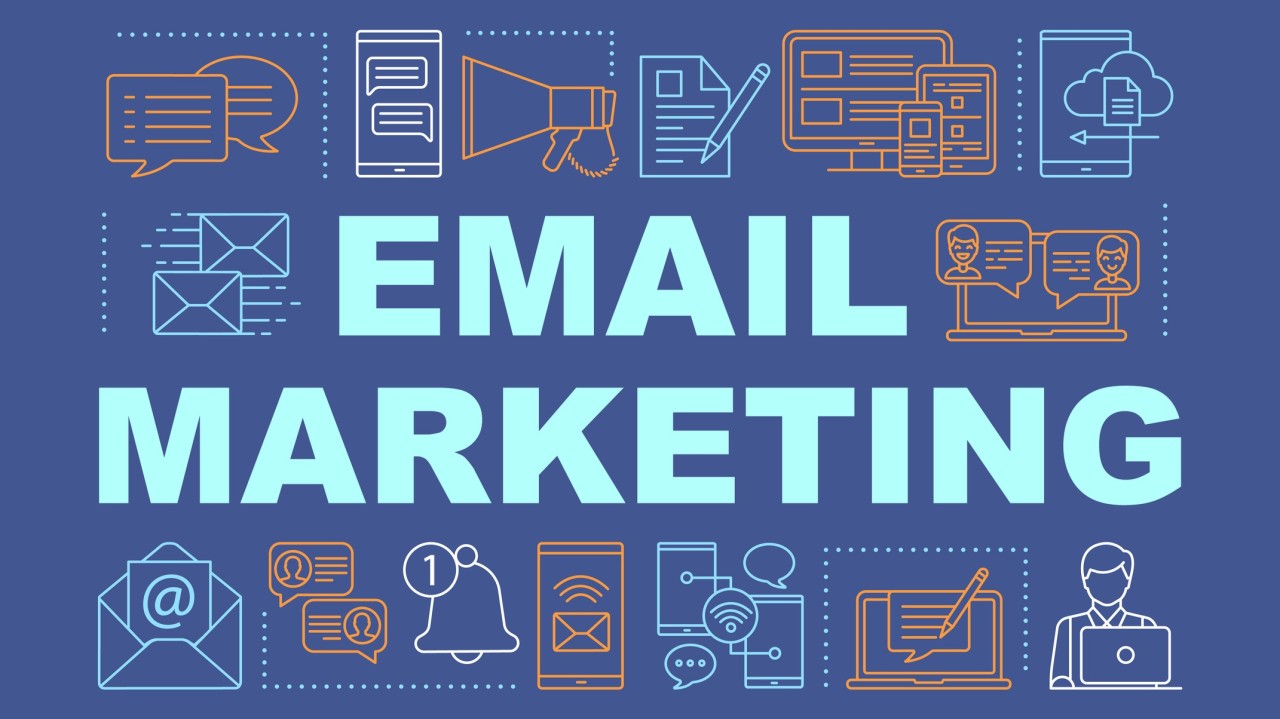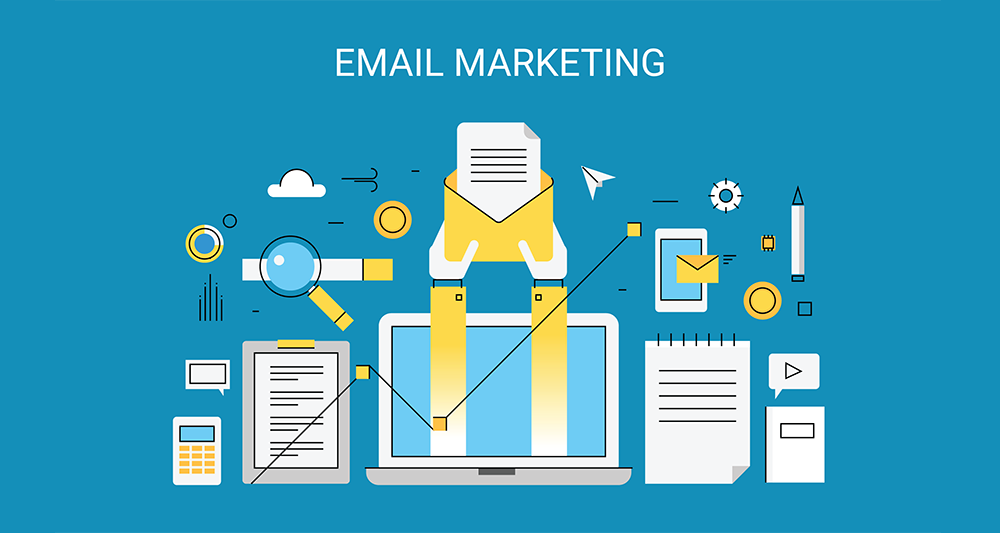When people think about email accessibility, they usually focus on content and design: clear language, strong contrast, readable fonts, and visible buttons. But there’s another layer that often goes unnoticed—your code.
Without accessible HTML, assistive technologies like screen readers or keyboard navigation can’t interpret your email properly, no matter how polished it looks.
This guide explains what accessible email code must include and how to implement it without sacrificing quality.
1. What Accessible Email Code Must Include and Why
While design issues like low contrast are easier to spot, most critical accessibility problems happen in the HTML itself.
According to the Email Markup Consortium’s 2025 report, nearly 99.89% of emails contain serious accessibility issues, and most are code-related. These issues don’t show in visual previews but directly impact how screen readers and keyboard users experience your message.
Here are some common problems:
- 98.14% lack the
dirattribute on<html>and<body>, breaking layouts for right-to-left languages. - 96.67% are missing the
langattribute, preventing screen readers from detecting the correct language. - 86.24% of layout tables don’t use
role="presentation", causing confusion as screen readers treat them like data tables. - 76.78% don’t include an
<h1>heading, making it harder for users to find the main content.
These aren’t rare—they’re widespread.
To improve accessibility, your email code should include:
- Paragraph tags
<p>to wrap each piece of text and define structure. - Coded lists using real
<ul>and<li>tags, not just visual bullets. - Headings
<h1>–<h6>to create a clear hierarchy. - Logical reading order, structuring HTML top-down.
role="presentation"on layout tables to avoid misinterpretation.- Alt attributes with meaningful descriptions or
alt=""for decorative images. - Keyboard support, using proper elements like
<a>and list items. - Language and direction attributes on
<html>and<body>.
Accessible code doesn’t just tick a box—it makes emails usable for everyone.
2. How Stripo Helps with Accessible Code
You don’t have to handle all this manually. Stripo’s templates are designed with accessibility in mind and include many essential elements by default:
dirattribute set automatically and updated if you change direction in the UI.langattribute applied to<html>and<body>, ensuring correct language detection.role="presentation"added to layout tables on export.- Editable alt text, with AI suggestions for meaningful descriptions.
- Coded bullet lists using
<ul>and<li>, fully accessible and customizable.
If you’re exporting a previously built email, Stripo adds these attributes automatically, so you start from a technically solid foundation and save time while making your emails more inclusive.
3. Code Is Just One Part—Content and Design Matter, Too
Accessible code is critical, but it’s only one pillar. Content and design also play key roles and depend entirely on your choices.
Keep these reminders in mind:
- Avoid flashing GIFs—no more than 2 flashes per second to prevent seizures.
- Ensure high color contrast between text and background.
- Don’t rely on color alone to convey meaning—use words or icons as well.
- Never underline text just to highlight it—reserve underlining for links.
- Write descriptive alt text for all images.
- Link images only if necessary; decorative visuals shouldn’t be clickable.
- Keep text left-aligned for LTR languages and right-aligned for RTL. Avoid centered or justified text.
Wrapping Up
Content and design often get most of the attention, but it’s your code that decides whether assistive technologies can read and navigate your emails at all.
The good news? With tools like Stripo and the right practices, accessible code is entirely achievable.
When code, design, and content work together, your emails become inclusive by default:
- Code makes them technically readable.
- Design ensures legibility for everyone, including users with low vision or motor impairments.
- Content brings clarity and respect.
Accessible email is possible—and it starts with your code.




